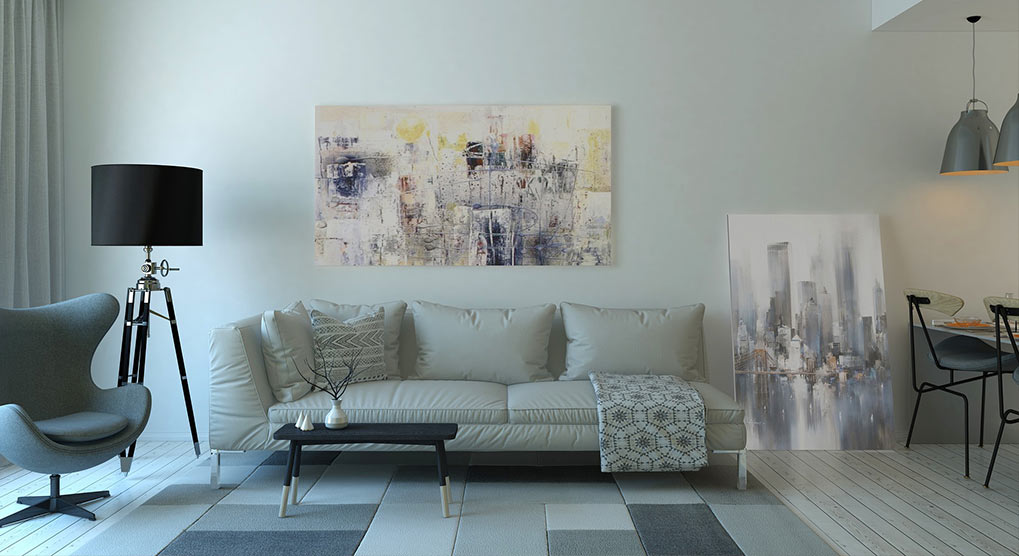
The environments where we live have a profound effect on our mood, thoughts and operations. An appropriate interior is not only about the style or aesthetic values, but it can be a significant source of health and well-being in general. Health-based interior design is a new trend that integrates functionality, comfort, and conscious decisions into a cozy home and work environment, therefore having a beneficial impact on the body and mind.
Among the most important design elements of wellness is sunlight. Natural light exposure controls the circadian rhythms, elevates mood, and increases productivity. There are plenty of windows, skylights and sheer curtains that enable the sunlight to pass through. Natural lighting can also be put to its best use with the use of mirrors where key areas can be hit and natural lighting will be used to its optimum. Less artificial lighting will be used as well because natural light will be reflected into parts of the room that are typically dark.
Good health is in need of good air. Plants such as peace lily, snake plants and areca palm should also be considered since they do not only provide greenery but they also clean the air. The use of low-VOC (volatile organic compound) paints, natural materials and adequate ventilation systems can guarantee the healthy breathing. Air purifier is also an intelligent product that can be added to urban houses that handle pollution.
Furniture plays a big role in posture and physical health. Ergonomically designed chairs, adjustable desks, and supportive mattresses help reduce back pain and fatigue. Whether working from home or simply lounging, comfortable furniture minimizes strain and promotes relaxation. Aligning furniture placement with easy movement pathways also enhances mental calm.
There is a psychological effect of colors. The coolness brought about by soft blues and greens influences relaxation and a grounding effect is brought about by earthly tones. Warm neutrals are balancing and comfortable. In addition to colors, such textures as natural wood, cotton, linen, and stone make a space a restorative environment, as well.
The noise pollution is not given much attention but has direct impacts on the stress levels. Disturbances can be reduced by the use of sound-absorbing material such as rugs, curtains, and upholstered furniture. It can be acoustic panels or even indoor water features that provide relaxing background noises to create peace and concentration.
Clutter increases anxiety and drains energy. Health-focused interiors emphasize minimalism and functionality. Clear pathways, organized storage solutions, and well-planned layouts reduce stress and improve focus. Spaces dedicated to yoga, meditation, or quiet reflection help restore balance in daily life.
Biophilic design – bringing nature indoors – supports emotional well-being. From vertical gardens to natural wood finishes, water fountains, or even nature-inspired art, these elements establish a calming connection to the outdoors. This connection lowers stress, boosts creativity, and creates a nurturing environment.